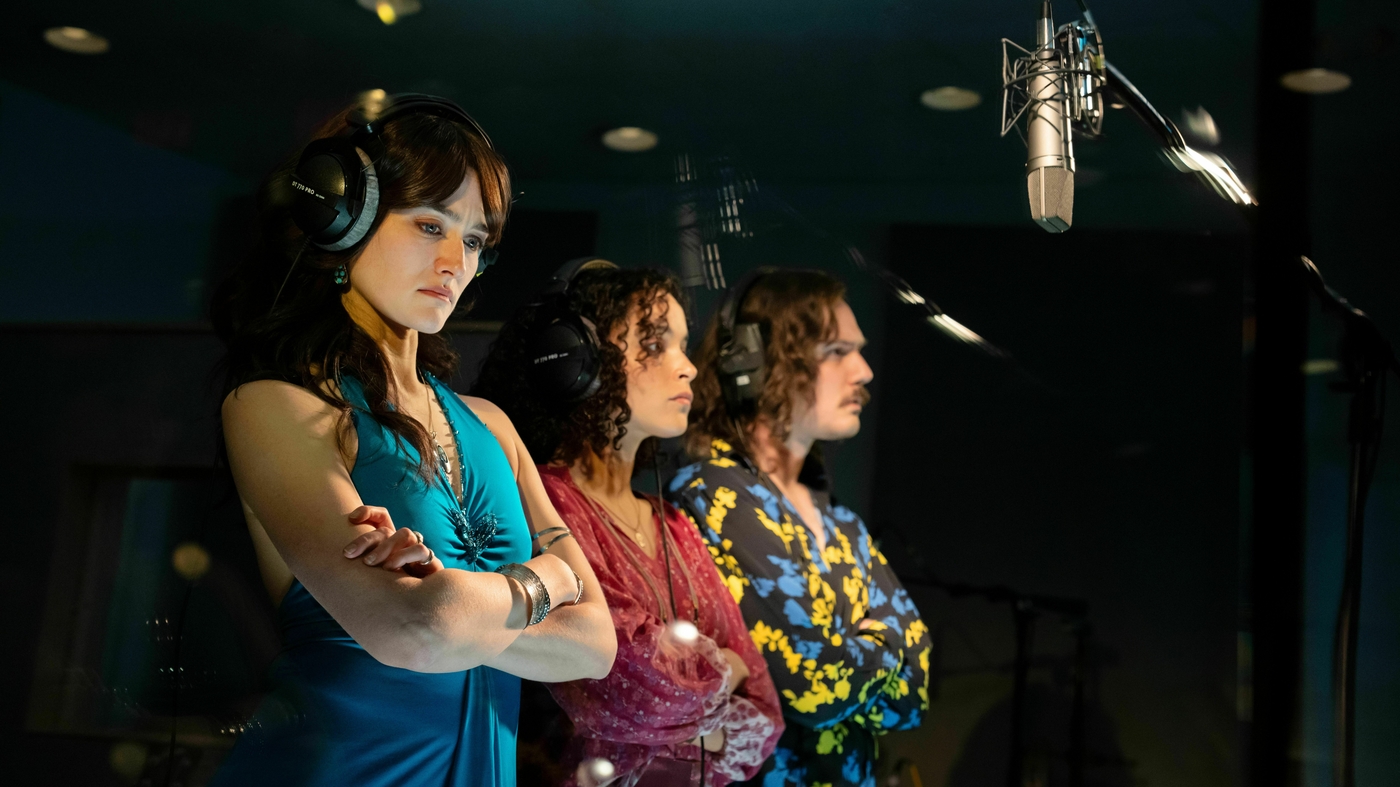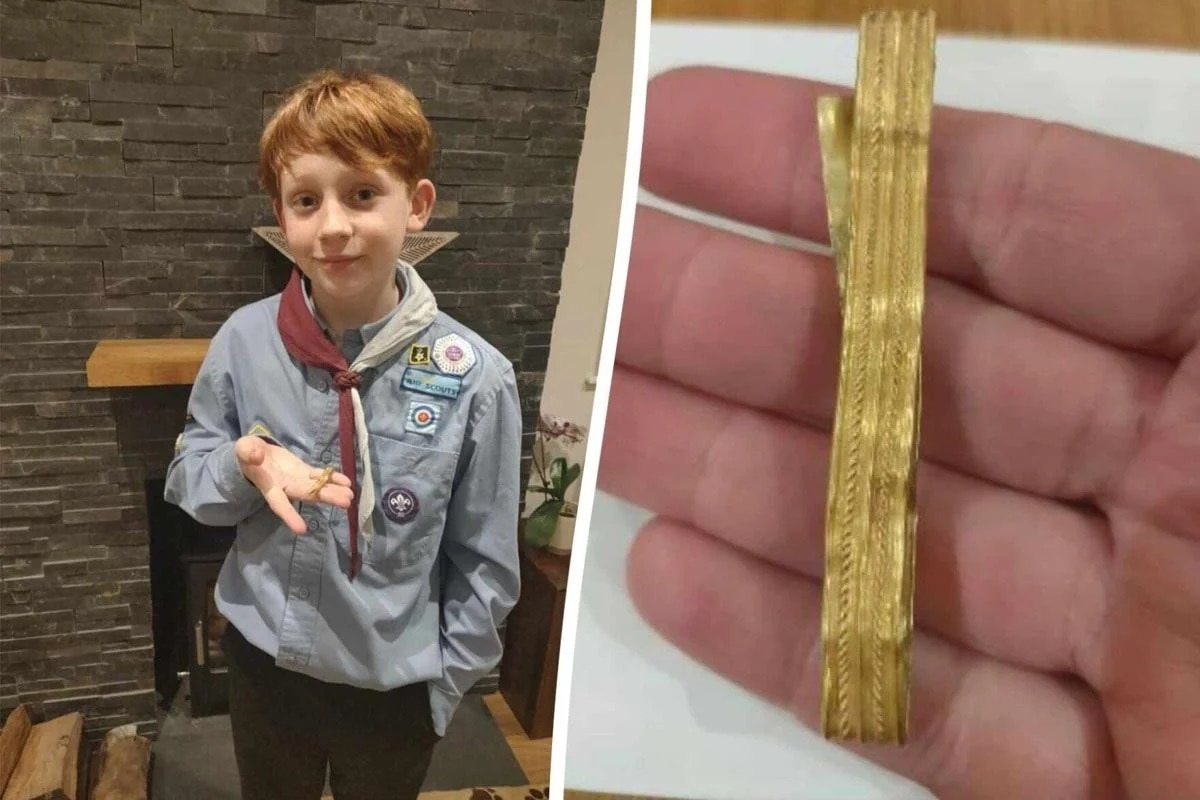
Son of the White Mare
To claim that legendary Hungarian graphic artist and animator Marcell Jankovic’s films are underground masterpieces would be an understatement! His much acclaimed 1981 anime-feature SON OF THE WHITE MARE is a breath-taking, psychedelic odyssey based on a Hungarian folk tale. Also featured on this 4K restored Blu-ray release are some examples of Jankovic’s earlier animation works, including the equally astonishing and feature-length ‘Johnny Corncob’ from 1973.
Adapted from Hungarian poet Lásló Arany’s folk poem plus various Avaric, Hunnic and Hungarian legends, SON OF THE WHITE MARE revolves around Treeshaker, born as the third (human) son of a white mare. Frustrated as a little boy as he is too weak to uproot a giant tree (hence his name) the wise old Forefather advises him to return to his mother and asks her to nurture him for a further seven years by suckling her milk. When, as an adolescent, Treeshaker is still too weak to uproot the tree the wise old man gives him the same advice and the white mare provides her third son with her milk for another seven years. At the end, she is so old and exhausted that she dies but her own legend lives on in Treeshaker, now a young man strong enough to uproot the tree. Remembering the Forefather’s tale of how his own reign had come to an end due to evil humanoid dragons which were freed by the three wives and the three sons of the Forefather, Treeshaker embarks on a quest to destroy the dragons which by now hold the entire world in their power. Along his journey, Treeshaker meets his two brothers Ironrubber and Stonecrumbler who also possess superhuman abilities. As the three brothers search for the entrance of the Underworld in which the humanoid dragons live, they come across a mischievous long-bearded gnome who demands they feed him some of the porridge which they are cooking. When Stonecrumbler and Ironrubber refuse to do so, the gnome simply gobbles up porridge from their bellies, Treeshaker, however, won’t have any of this nonsense and traps the gnome’s long beard in a tree hollow… which turns out to be the entrance to the Underworld!
Descending into the dragons lair, the next adventure begins when Treeshaker encounters the beasts and the three princesses. While his brothers rescue the princesses, Treeshaker is left behind in the Underworld and blames his brothers for having left him behind on purpose – while Stonecrumbler and Ironrubber make it to the Upper World, Threeshaker is stuck in the Underworld and it’s only thanks to a griffin that he makes it back to the surface but until the griffin and Treeshaker reach the Upper World they have to set upon a perilous journey… When food runs out, Treeshaker is forced to cut off his legs to feed the griffin so the creature is strong enough to carry both above ground. After they succeed in their mission, the griffin’s chicks restore Stonecrumbler’s legs, who now wields more power and strength than ever before. Despite his anger towards his two brothers he eventually forgives them and the three brothers marry the three princesses while the Forefather regains his own power after the demise of the dragons. As time goes on and on and on, the film ends with a gigantic apparition of Treeshaker walking above a modern-day landscape filled with high-rise buildings instead of trees.
The amount of work which went into this animated masterpiece is quite unbelievable – it’s a never-ending kaleidoscope of psychedelic imagery, with persons constantly morphing into plants and other objects before they morph back again into (super)human shape… It needs to be seen to be believed and ‘Son of the White Mare’ was entered into the Olympiad of Animation 1984!
The release furthermore offers earlier works by Jankovics, including three shorts (one of them appears to be an inspired travelogue across the globe which may have been a commission by Air India) plus the beautifully animated feature JOHNNY CORNCOB – a humble shepherd in love with pretty peasant girl Iluska who constantly gets mistreated by her cruel stepmother. When a fire destroys the cornfields and causes the flock of sheep to escape, Johnny Corncob falls foul of the local authorities and loses his job, furthermore he is accused of having caused the disaster because instead of keeping an eye on the sheep and the surrounding fields his eyes were set firmly on Iluska. Banned from the village he vows his eternal love to Iluska before he heads off in the hope of a new position which may enable him to earn money and free Iluska from the clutches of her evil old stepmother. Instead and purely by accident, Johnny falls in with some bandits who try to convince him to join forces with them and earn their living by robbing and murdering. Despite the chance of grabbing a bag of gold coins, Johnny’s conscience wins the upper hand and he feels it is wrong to enrich himself with stolen gold. His views and disdain for the bandits trigger a brutal fight which sees Johnny escape and the bandits killed. Now a local hero, Johnny joins the Magyar army to fight on the side of the French against the Turks. Soon he is promoted to the status of Hussar and gradually climbs up the ranks (demonstrated via an accompanying folk song) until the French King lets it be known that his precious daughter has been kidnapped by those dastardly Turks. The one who manages to save her will get her hand in marriage. No prizes for guessing that Johnny Corncob will be the hero in question being honourable attitude. However, he politely turns down the King’s offer of marrying his daughter because, he explains, if he can’t have his beloved Iluska he’d rather have no woman at all. Touched by Johnny’s story and his loyalty to his betrothed, the King nonetheless hands Johnny a big sack of gold coins before bestowing on him his new title ‘Johnny the Valiant’.
Sailing back to Hungary, an overjoyed Johnny looks forward to freeing Iluska from her miserable existence and dreams of a happy life surrounded by wealth and the fact that thanks to the gold he can henceforth be his own master. Alas, it is not to be… When Johnny arrives at the old crone’s cottage it is deserted. Neighbours inform him that Iluska has died of a broken heart ad her cruel stepmother has fallen into poverty. In an act of despair, Johnny visits Iluska’s grave and cries, wishing that he could join her in the Netherworld. His wish is granted when, thanks to supernatural occurrences, he enters the realm of Angels and Fairies and, after a perilous journey, finds himself reunited with the ghost of Iluska – Johnny by now having become a ghost himself. At the end of the film we are informed that the two live on happily ever after and that Johnny Valiant has since become the King of the Fairyland.
Here, the animation technique is more figurative in a more traditional sense and less ornate than in the later ‘Son of the White Mare’ though we can already see Jancovic’s penchant for allowing his human characters to morph into all sorts of objects and plants. JOHNNY CORNCOB is based on a poem by Sándor Petofi and Jancovic (who passed away last year aged 79) was commissioned by the Hungarian Government as part of Petofi’s 150th anniversary.
Additional Bonus material includes archival featurettes, extensive interview with Marcell Jankovics (who, in 2009, was presented with the ‘Leonardo da Vinci World Award of Arts’) plus Collector’s booklet. The first 2000 copies of the release will be presented in a Limited Edition O-card slipcase.








































































